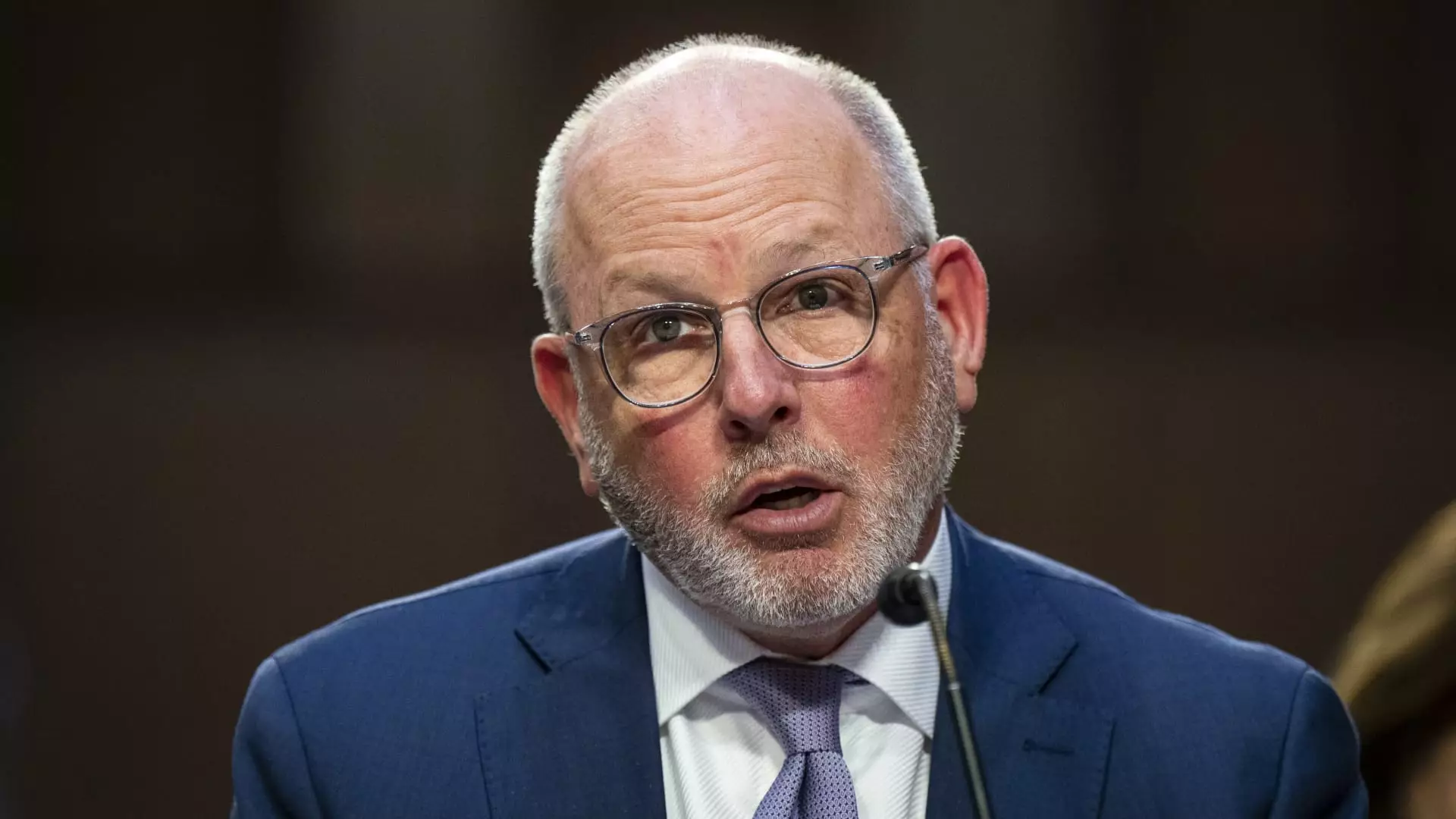The realm of healthcare, particularly in the arena of prescription medications, is characterized by intricate dynamics and often contentious relationships among various entities. Recently, CVS Health’s new CEO, David Joyner, sparked debate during a quarterly earnings call when he defended pharmacy benefit managers (PBMs) like Caremark, a subsidiary of CVS. With criticisms mounting against PBMs for allegedly inflating drug prices, Joyner’s remarks offer a window into the complexities of pharmaceutical pricing and the responsibilities of these intermediaries.
PBMs serve a pivotal role in the healthcare system by acting as intermediaries between insurers, pharmacies, and drug manufacturers. They negotiate rebates and establish formularies that dictate which medications are covered under insurance plans. As the conversation about rising healthcare costs heats up, the role of PBMs has come under scrutiny. Critics argue that these entities not only exploit their position but also do not adequately pass on savings to consumers, effectively enabling higher out-of-pocket costs for patients.
One of Joyner’s primary assertions was that PBMs are instrumental in mitigating healthcare costs. He emphasized that they are dedicated to reducing expenses within the drug supply chain, positioning themselves as a necessary counterbalance to what he termed the “monopolistic tendencies” of pharmaceutical manufacturers. This raises an important question: Are PBMs truly the saviors of the healthcare cost crisis, or are they part of the problem?
Joyner’s comments pinpoint broad systemic issues in the pharmaceutical industry, where manufacturers are accused of engaging in practices that contribute to soaring drug prices. He claimed that recent price hikes by branded manufacturers added an astonishing $21 billion to drug spending within a mere three weeks in January. However, the lack of a source for this figure raises eyebrows about the credibility of such claims. In defending PBMs, it becomes crucial to differentiate between sound financial practices and monopolistic strategies that might be used by some manufacturers.
Despite Joyner’s perspective, substantial voices within the pharmaceutical community express skepticism toward the claimed effectiveness of PBMs. Organizations such as the Pharmaceutical Research and Manufacturers of America (PhRMA) assert that PBMs have come under rigorous scrutiny for failing to deliver on their promises of cost reductions for consumers. The perception among some lawmakers is that savings from negotiated discounts often do not reach the end-user, creating a disconnect that fuels discontent and disillusionment among patients.
Joyner referenced estimates suggesting PBMs produce a net value exceeding $100 billion for the healthcare system annually, arguing that they are vital to controlling costs. This contention is met with mixed reactions; economic calculations can be notoriously challenging and subjective in a complex system where multiple parties are vying for financial incentives.
Lawmakers and advocacy groups insist that a reevaluation of the PBM model is necessary. The assertion that these middlemen provide a significant economic advantage must be scrutinized and broken down into clearer narratives; otherwise, it falls victim to the criticism that it serves only to obscure underlying issues of transparency and accountability within drug pricing practices.
As scrutiny of PBMs intensifies, and with support for reform growing across the political spectrum, the conversation about the factors that contribute to high drug prices will continue to evolve. Joyner’s defense, while asserting the necessity of PBMs in healthcare cost management, also inadvertently underscores the ongoing complexities and challenges faced by all stakeholders in the prescription drug supply chain.
Ultimately, the discussion encapsulated by Joyner’s statements signals a critical juncture for the healthcare industry. For meaningful progress toward reduced drug prices, all parties, including PBMs, manufacturers, and regulators, must engage collaboratively, prioritizing transparency and patient welfare above profits and protectionist strategies. Only time will reveal whether the current PBM model can adapt to these evolving demands or if it requires a fundamental rethink to remain relevant in the quest for affordable healthcare in America.


Leave a Reply